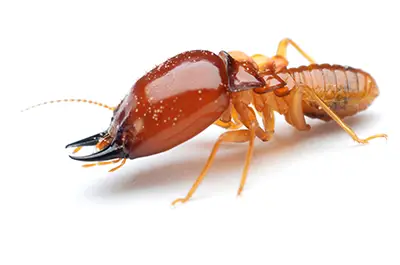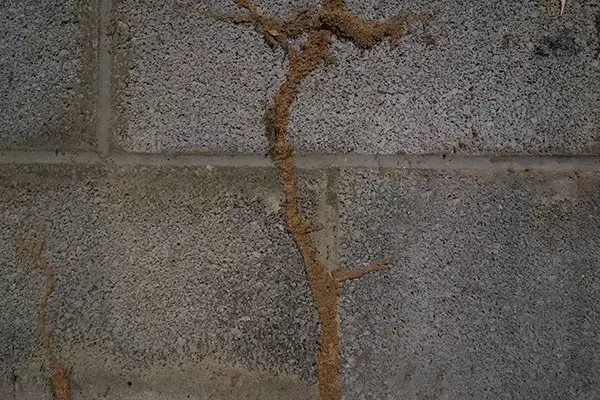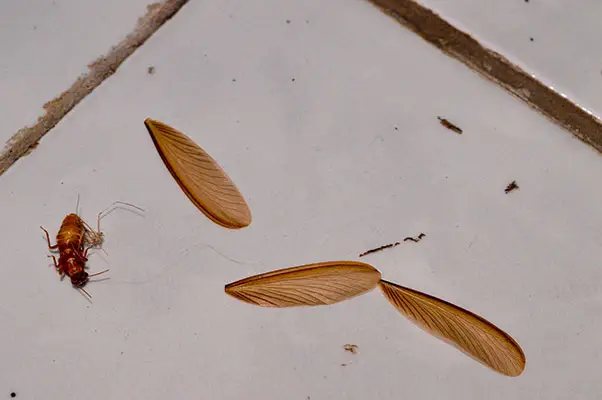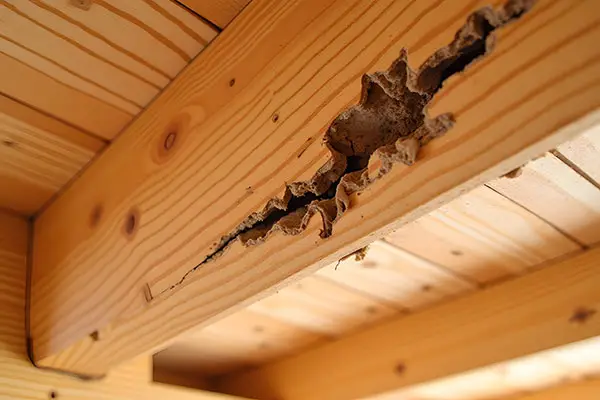Termite Talk: All You Need to Know (and Wish You Didn’t!)

Termites may be small, but they can cause massive damage if left unchecked. These silent destroyers feed on wood, flooring, and even wallpaper, often going unnoticed until the damage is severe. A single colony can contain thousands—sometimes millions—of termites, working 24/7 to consume the wooden structures of a home or building. Over time, they can weaken beams, walls, and foundations, leading to costly repairs and serious structural issues. In fact, termites cause billions of dollars in damage each year across the U.S. alone. Early detection and professional treatment are key to preventing these pests from turning your property into their next meal.
Signs of Termite Infestation
One of the biggest challenges with termites is that they often go unnoticed until significant damage has occurred.
However, when inspecting for termites, there are some telltale signs that may indicate a termite problem:

Mud Tubes: Subterranean termites build small, pencil-width tunnels made of mud to travel between their colony and food sources. These are often found along foundations or basement walls.

Discarded Wings: After swarming, reproductive termites shed their wings. Finding small piles of wings near windowsills or doors can be an early sign of infestation.

Damaged Wood: Termite-damaged wood may sound hollow when tapped or show blistering or peeling paint. Sometimes, you may even notice maze-like patterns beneath surfaces.

Frass: Drywood termites leave behind tiny wood-colored droppings called frass, which may accumulate in small piles near infested areas.
Regular inspections—especially in garages, basements, crawl spaces, and around the foundation—can help you catch these signs early.
Prevention and Treatment
We can help you protect your home through moisture control, regular inspections, and professional treatment options.
The good news is that termite damage is preventable. Here are a few ways to protect your home:
Eliminate Moisture: Termites are attracted to damp environments. Fix leaky pipes, ensure proper drainage, and use dehumidifiers in basements or crawl spaces.
Seal Entry Points: Cracks in the foundation or gaps around utility lines are easy access points for termites. Seal these areas to reduce entry.
Maintain a Barrier: Keep woodpiles, mulch, and plants away from your home’s foundation. Avoid direct wood-to-soil contact wherever possible.
Schedule Inspections: Annual professional inspections can catch problems early. Pest control experts have the tools and training to identify and treat termite issues before they become severe.
Use Professional Treatment: If termites are found, professional treatments—such as baiting systems, liquid termiticides, or fumigation—can eliminate infestations and help prevent future problems.
Understanding termites and how they operate is the first step in defending your home. With regular maintenance, professional inspections, and early intervention, you can protect your property from one of nature’s most persistent pests. If you suspect termite activity or want to take proactive steps, don’t hesitate to contact a licensed pest control specialist for guidance.
